The Moon | Facts About Earth’s Constant Celestial Companion 🌝
Learn About Earth's Only Moon
Have you ever looked up at Earth’s Moon and marvelled at how cool it is? Did you wonder what it was made of? How it was formed and whether anyone has ever visited? Well, people have been studying the Moon for thousands of years, trying to understand this strange body in our sky. Besides being Earth’s only natural satellite, what else do we know the Moon?
Fast Summary Facts About The Earth's Moon!
- Size: Diameter of 3,476 km (2,160 miles)
- Moon Rank: 5th Largest in the solar system (largest relative to its planet)
- Surface Gravity: 0.165g (1/6 of Earth’s!)
- Orbit: Prograde and Slightly eccentric (0.055)
- Orbit Radius: Average of 384,402 km (238,856 mi)
- Orbital Period: 29 days, 12 hours
- Orbital Speed: 1.022 km/sec
- Rotation: Synchronous (rotates once every revolution – known as tidally locked)
- Density: 3.34 g/cm3
- Surface: Rocky material
- Surface Temperature: Between -170 °C and 115 °C !
- First Manned Landing: July 21st 1969 by NASA's Apollo 11!
Read These Amazingly Cool Facts About The Earth’s Moon!
- Where did it all begin? Well, scientist believed that the Moon formed 4.51 billion years ago when a large ‘Mars-sized’ protoplanet called Theia crashed into the young Earth! The debris flung into orbit around the Earth accreted to form the Moon.
- There is no atmosphere on the Moon, so if you visit you have to bring your own air to breathe!
- Earth’s daily tides are caused by the Moons gravitational influence.
- The Moon is moving away from Earth at a rate of 38 mm/yr!
- The Moon is also tidally locked with Earth meaning the same side always faces Earth!
- Throughout the month there are 8 phases that the Moon goes through as it completes its orbit around the Earth:
- New Moon, Crescent, Quarter, Waxing Gibbous, Full Moon, Waning Gibbous, Last Quarter, and Crescent again.
- If you are located at the North or South Pole, the Moon is visible for 2 whole weeks every month!
- The Moons orbit isn’t a nice circle, it varies enough to make the Moon sometimes appear larger when at full Moon - a Supermoon!
- The apparent size of the Moon in the sky is similar to that of the Sun, meaning that during a Total Solar Eclipse when the Moon moves in front of the Sun’s bright disc, it reveals the corona! On account of the non-circular orbit of the Moon, it’s apparent size in the sky varies meaning sometimes you get an Annular Eclipse where the Moon is just smaller than the Sun, leaving a bright ring in the sky! Crazy aye?! Have you seen a Total Solar Eclipse?
- There was once many active volcanoes on the Moon, some of the craters and dark plains you see are full of ancient lava. This dark lava results in the Moon having a relatively low reflectance – similar to worn road asphalt! Weird!
- It is estimated that there are 300,000 craters wider than 1 km on the Moon’s near side alone!
- The South Pole-Aitken basin, at 2,240km wide, is the second-largest crater in the solar system! Wow, that’s enormous!
- A very small amount of water was found on the Moon in 2011 in the shadows of polar craters.
- There have been many space probe missions to the Moon, however, Like NASA’s GRAIL mission and the Lunar Reconnaissance Orbiter.
Man and the Moon
- During the Space Race, the Soviet Union and the United States of America competed to be the first to explore and land humans on the Moon. The Soviets were ahead initially and developed spacecraft under their Luna program becoming the first to reach the surface in 1959 with Luna 2.
- The United States set out for the Moon with their Ranger, Lunar Orbiter, Surveyor and manned Apollo program. In December 1968 the Apollo 8 crew became the first humans to leave Earth orbit and orbit the Moon.
- On July 21st 1969 as part of the Apollo 11 crew, Neil Armstrong became the first man to walk on the moon effectively ending the Space Race.
- A total of 12 men as part of 6 successful Apollo flights (Apollo 11, 12, 14, 15, 16 & 17) landed and walked on the Moon.
Future Missions
- We're still trying to find ways to make it back to the Moon, there have been many plans by NASA, the Indian Space Organisation and the Chinese Space Program are hoping to achieve a crewed landing.
- In 2007, the X Prize Foundation launched a prize that will be given to the first group that can get a robotic lander to the Moon. The goal of the contest is to help make space travel more accessible for everyone.
- The last time man walked or orbited the Moon was 1972, but SpaceX has plans to send two lunar tourists on a Lunar Odyssey!
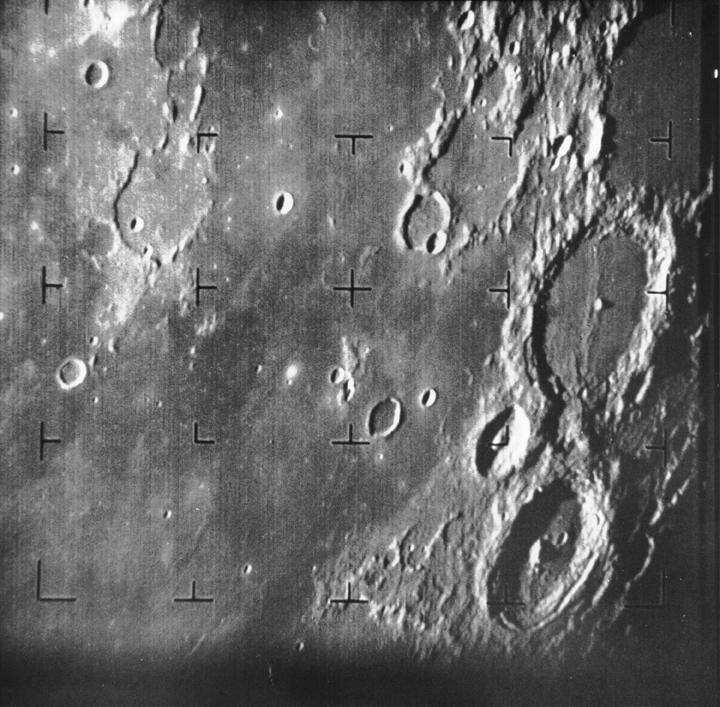
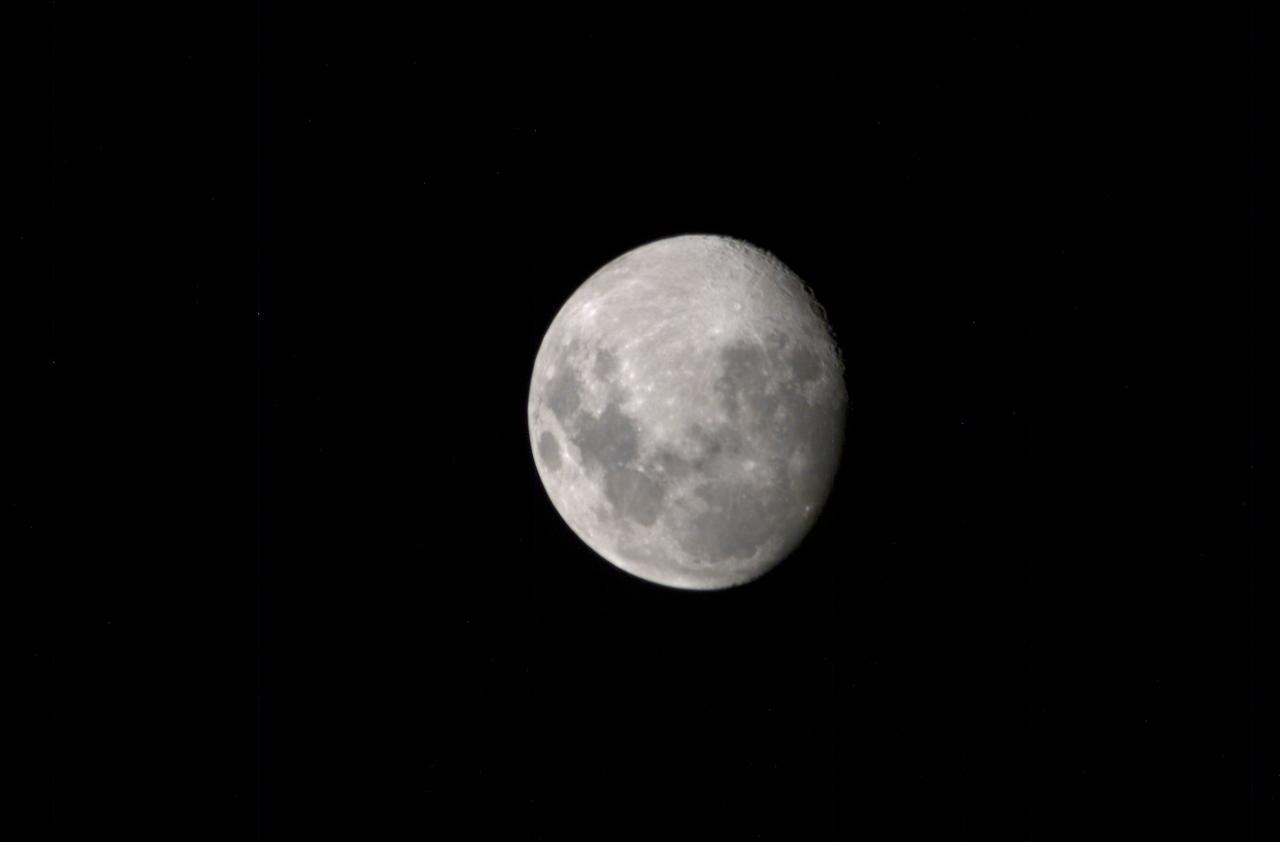
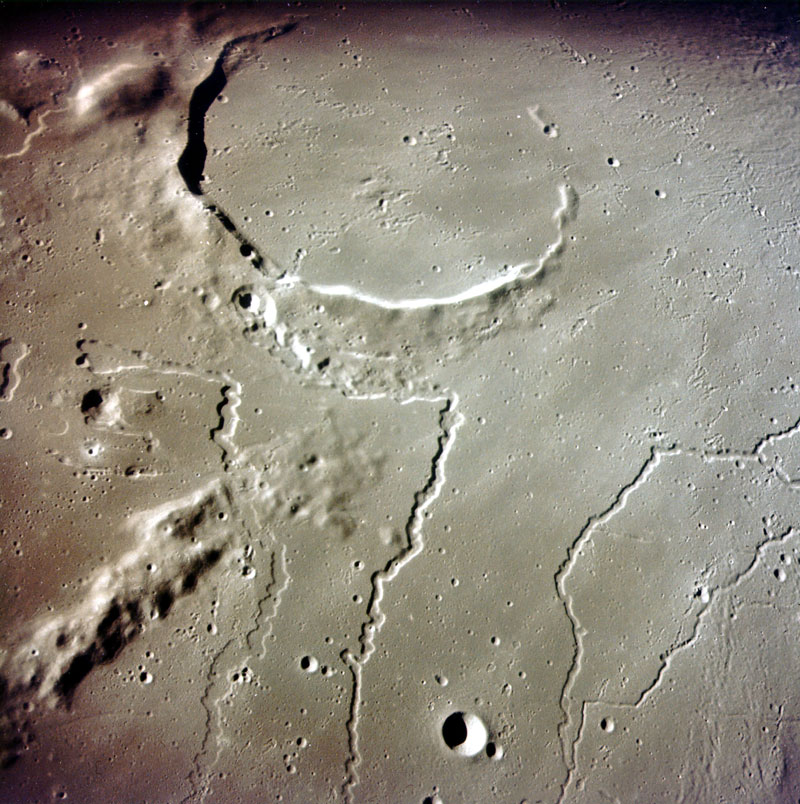
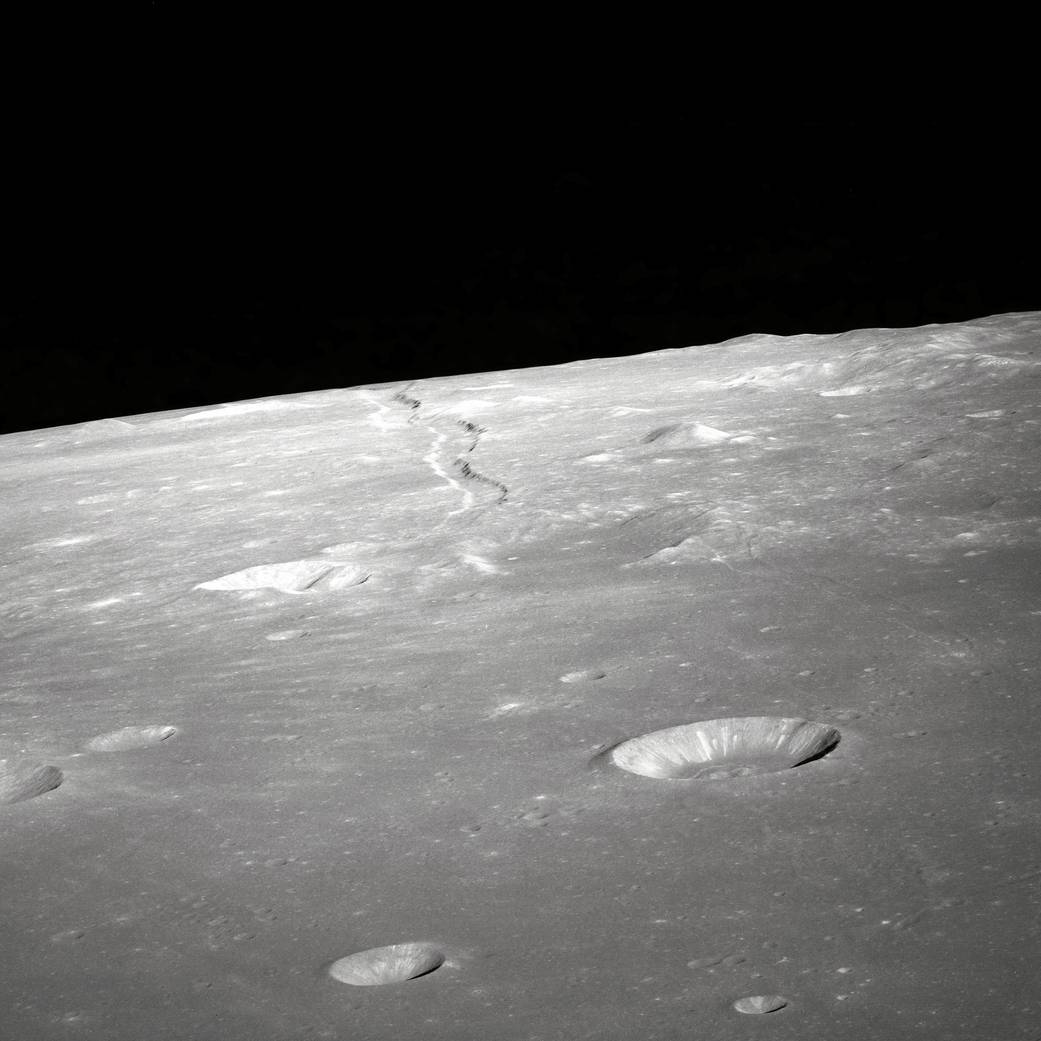
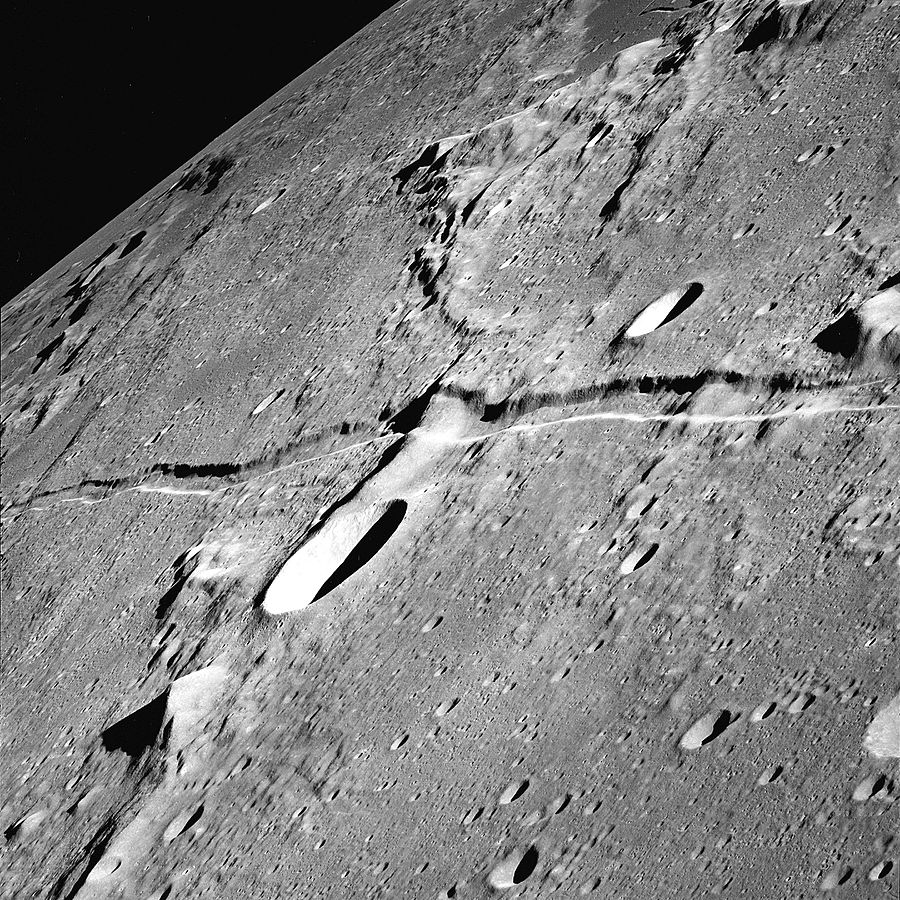
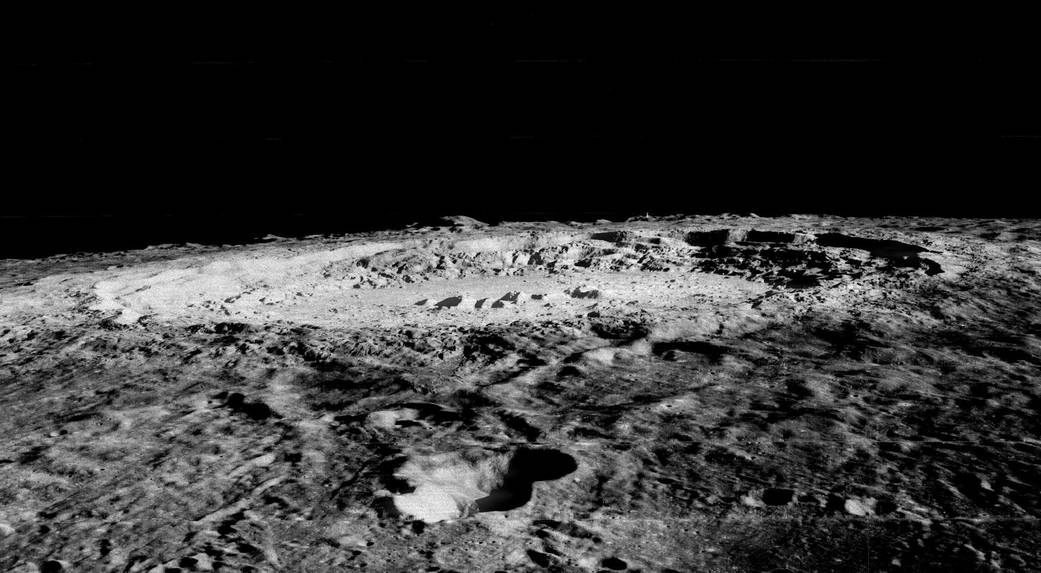
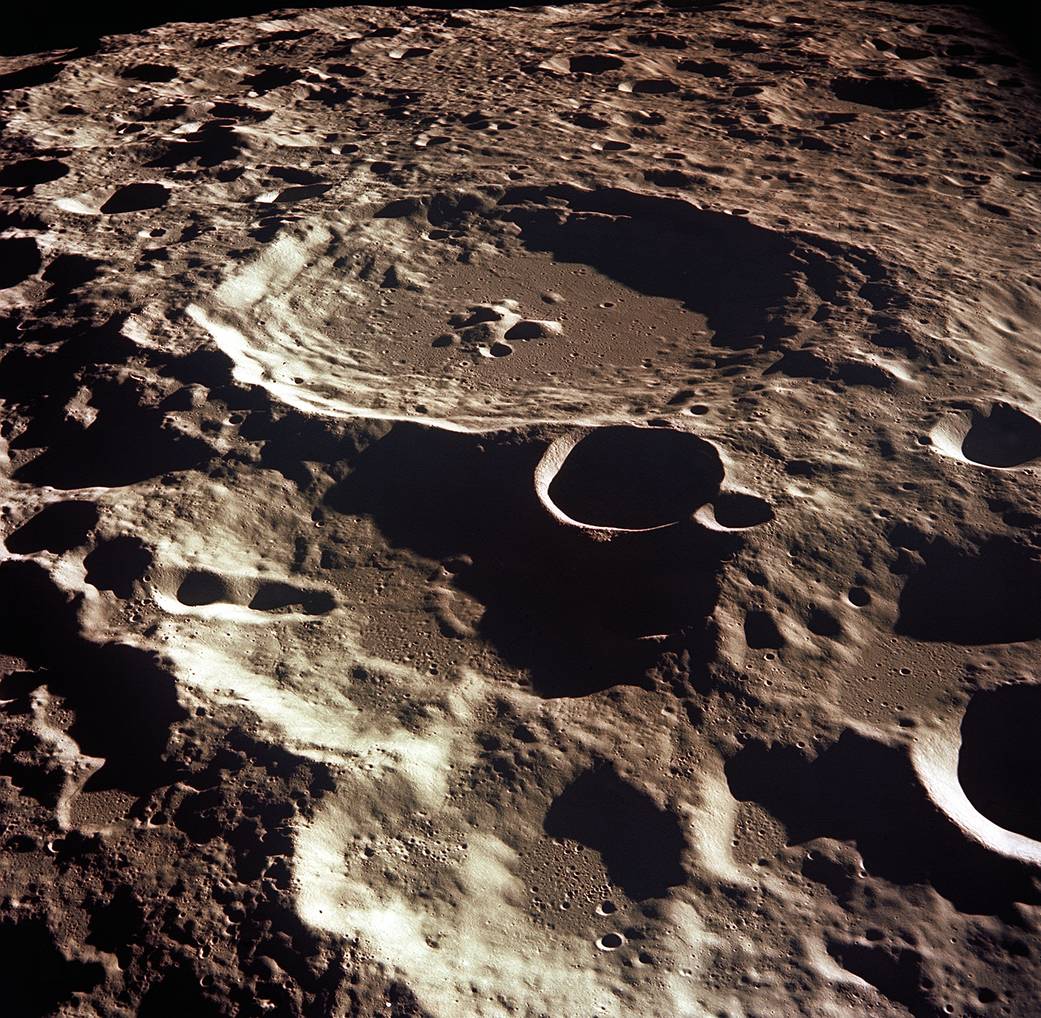
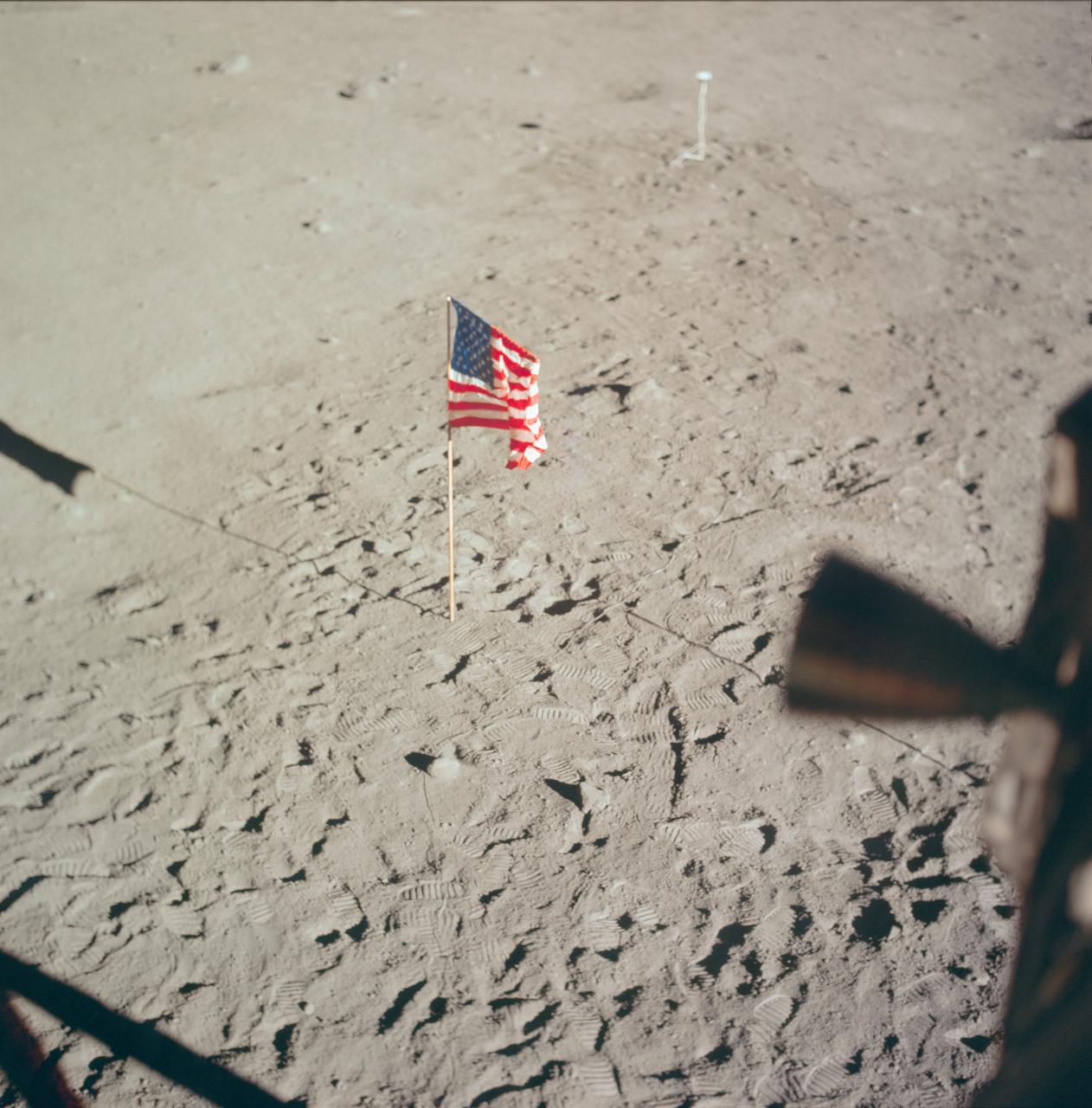
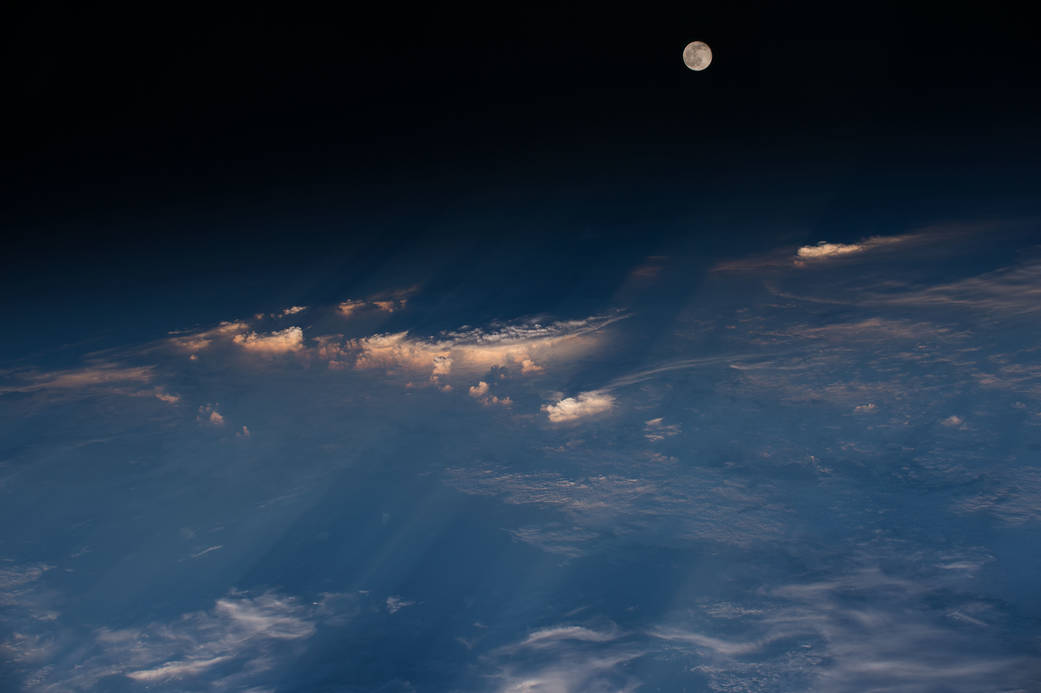
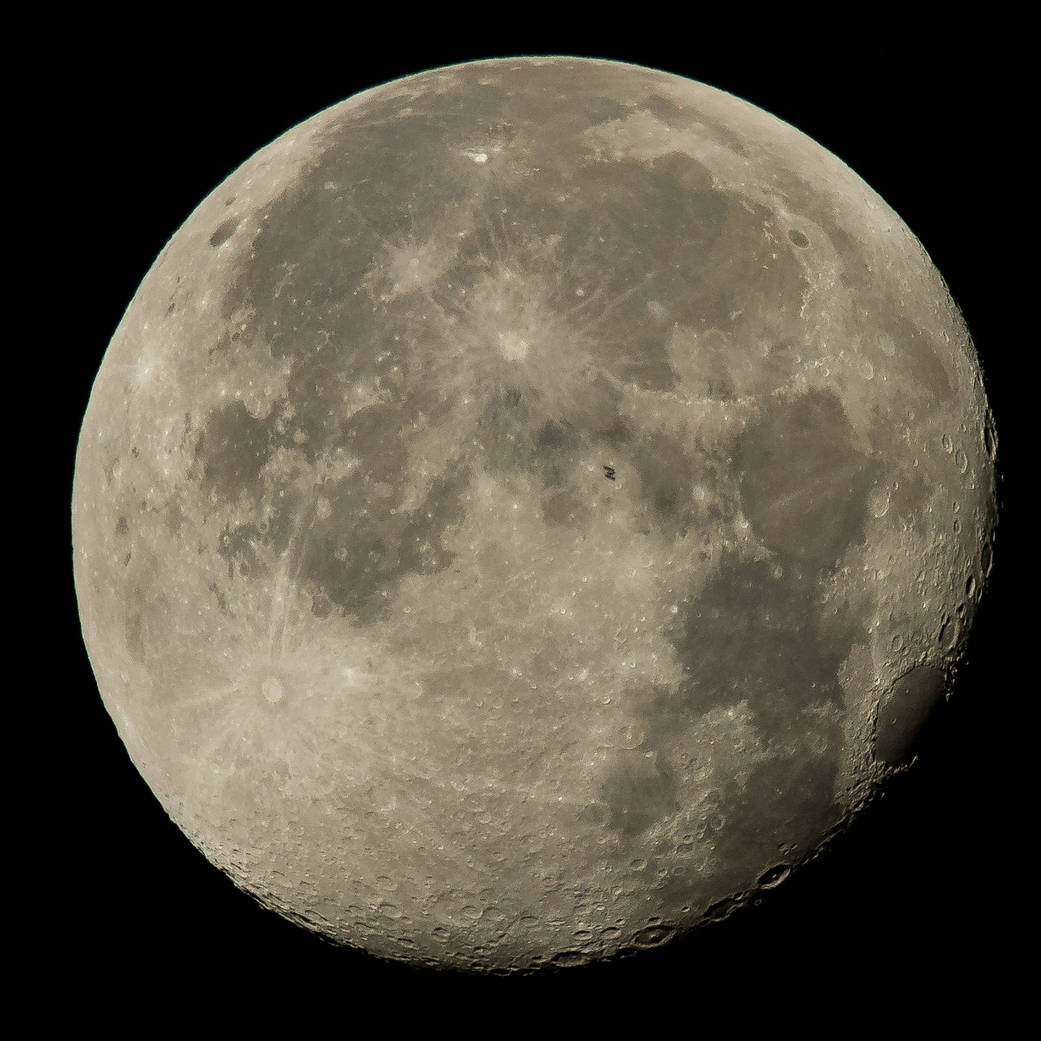
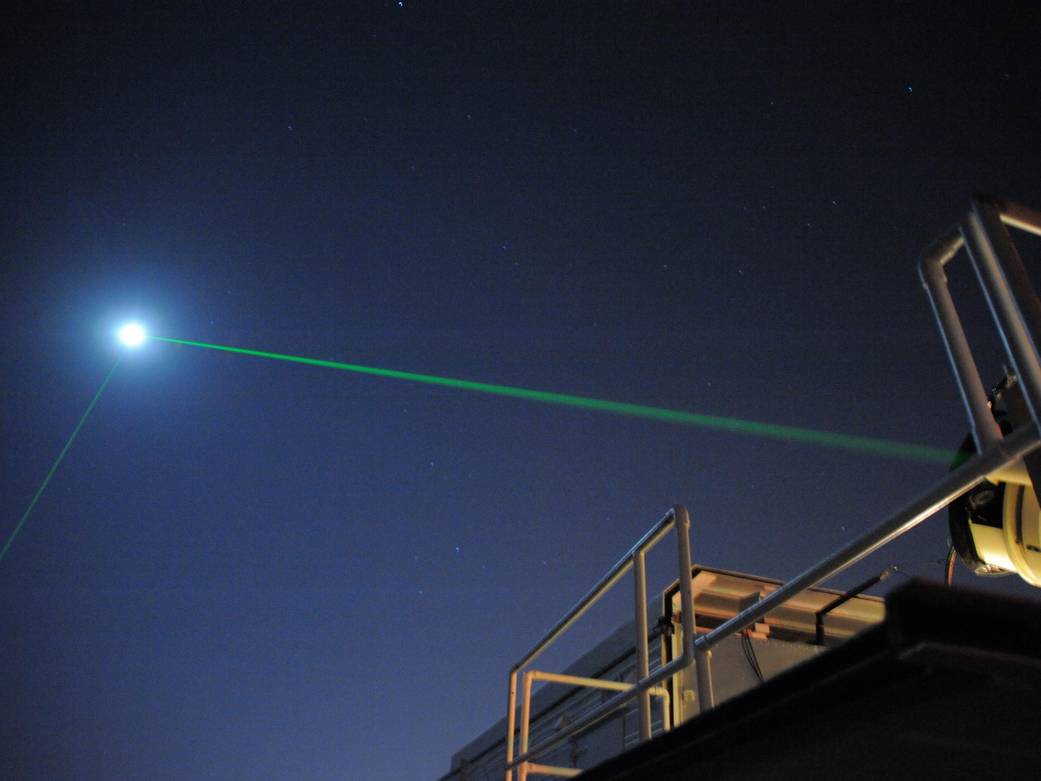
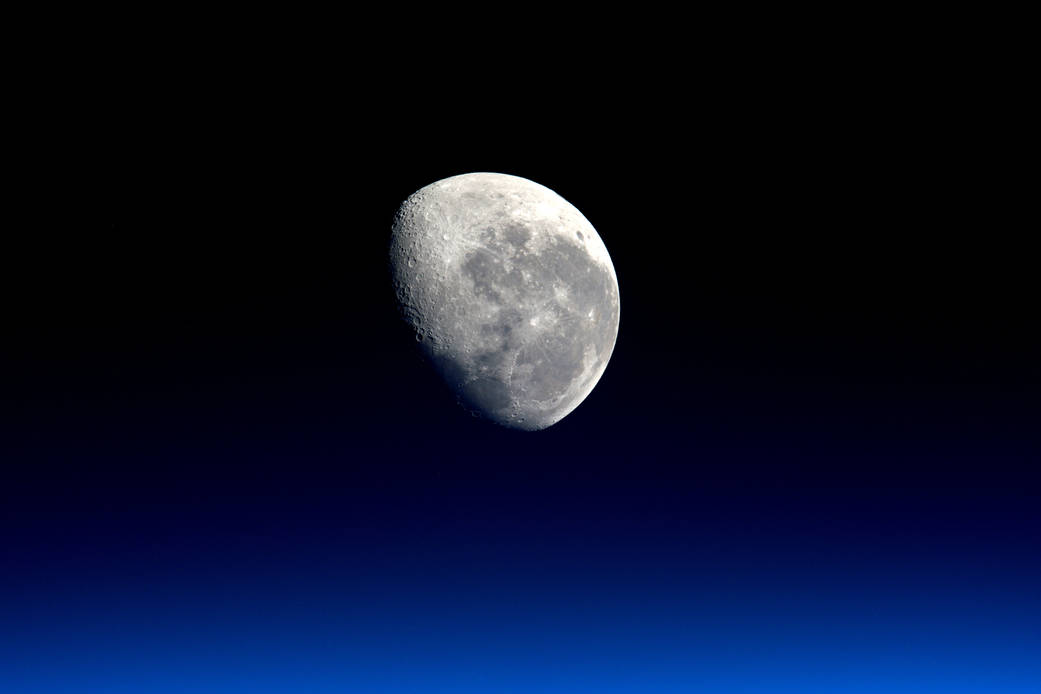
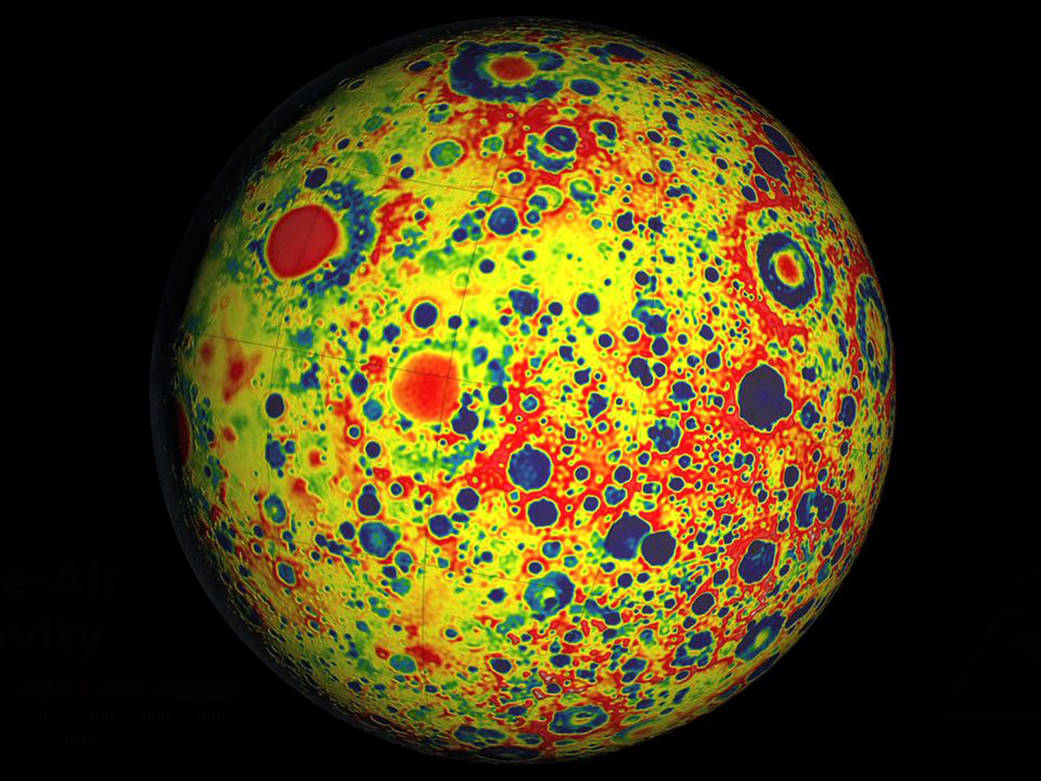
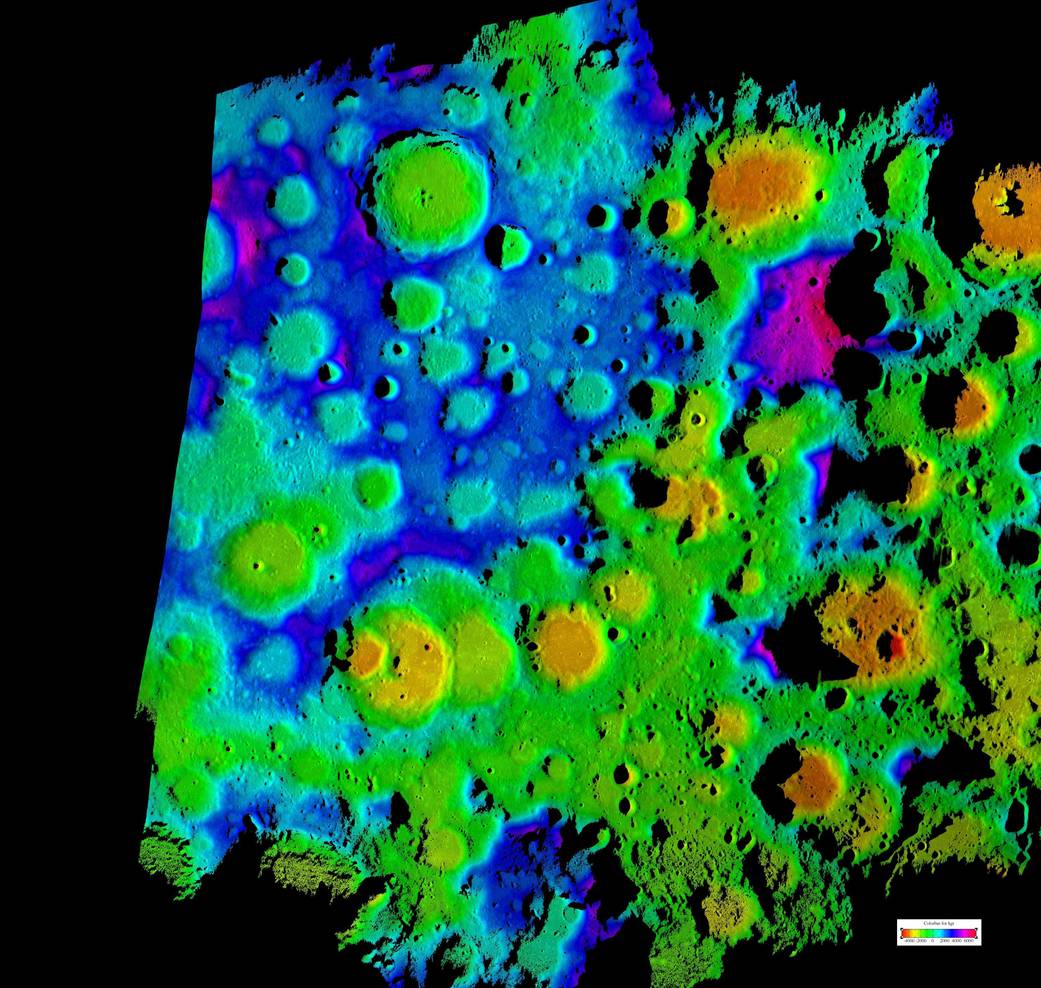
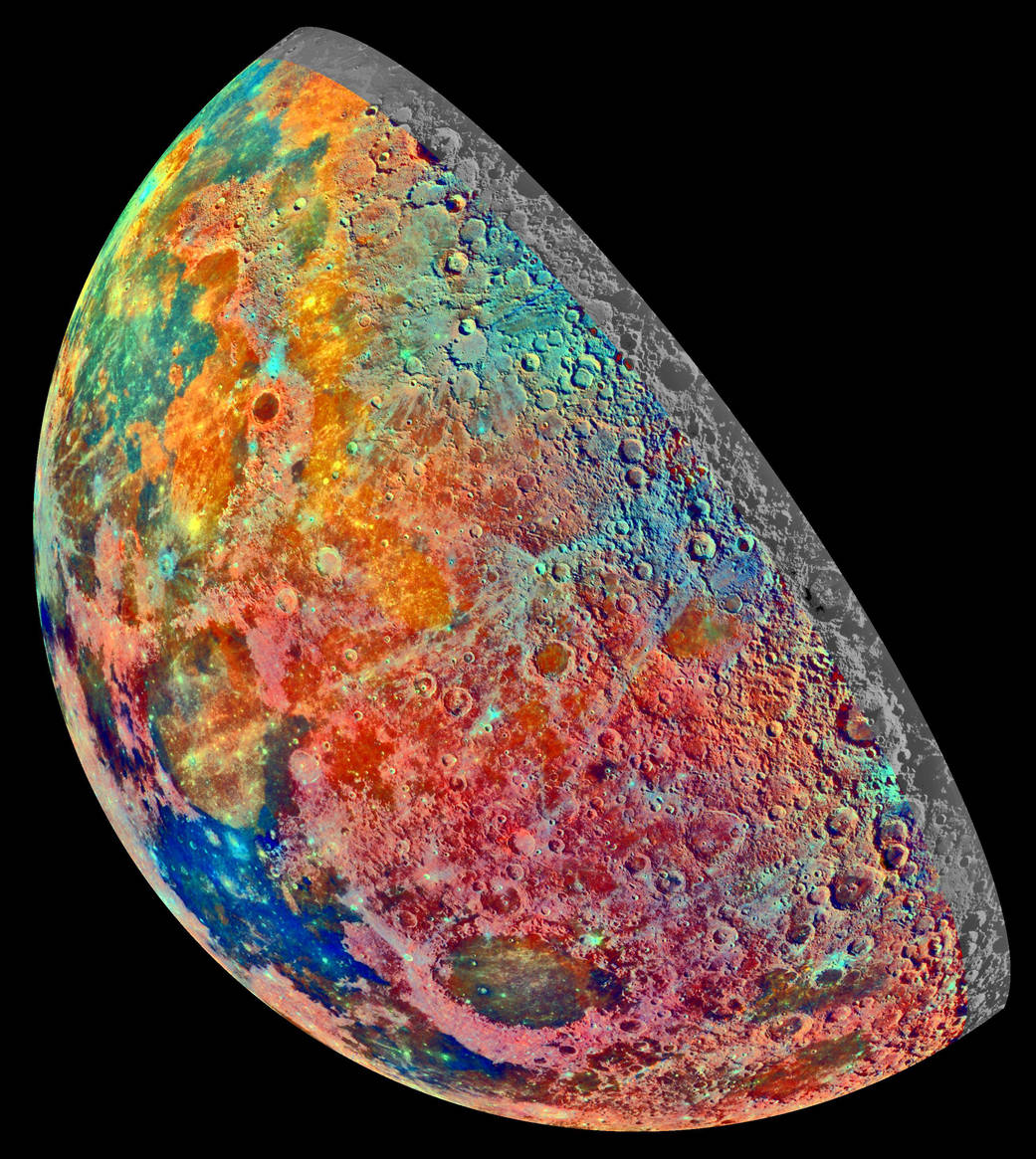
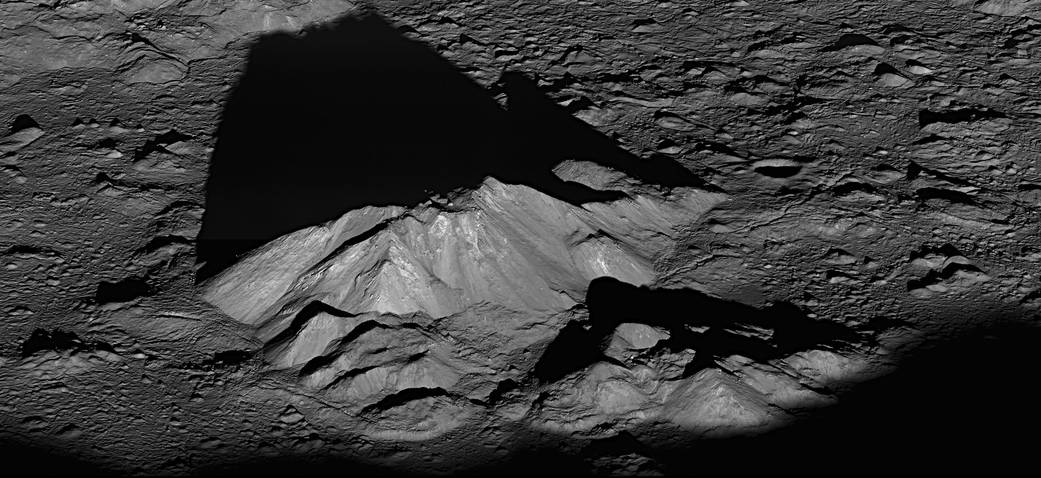
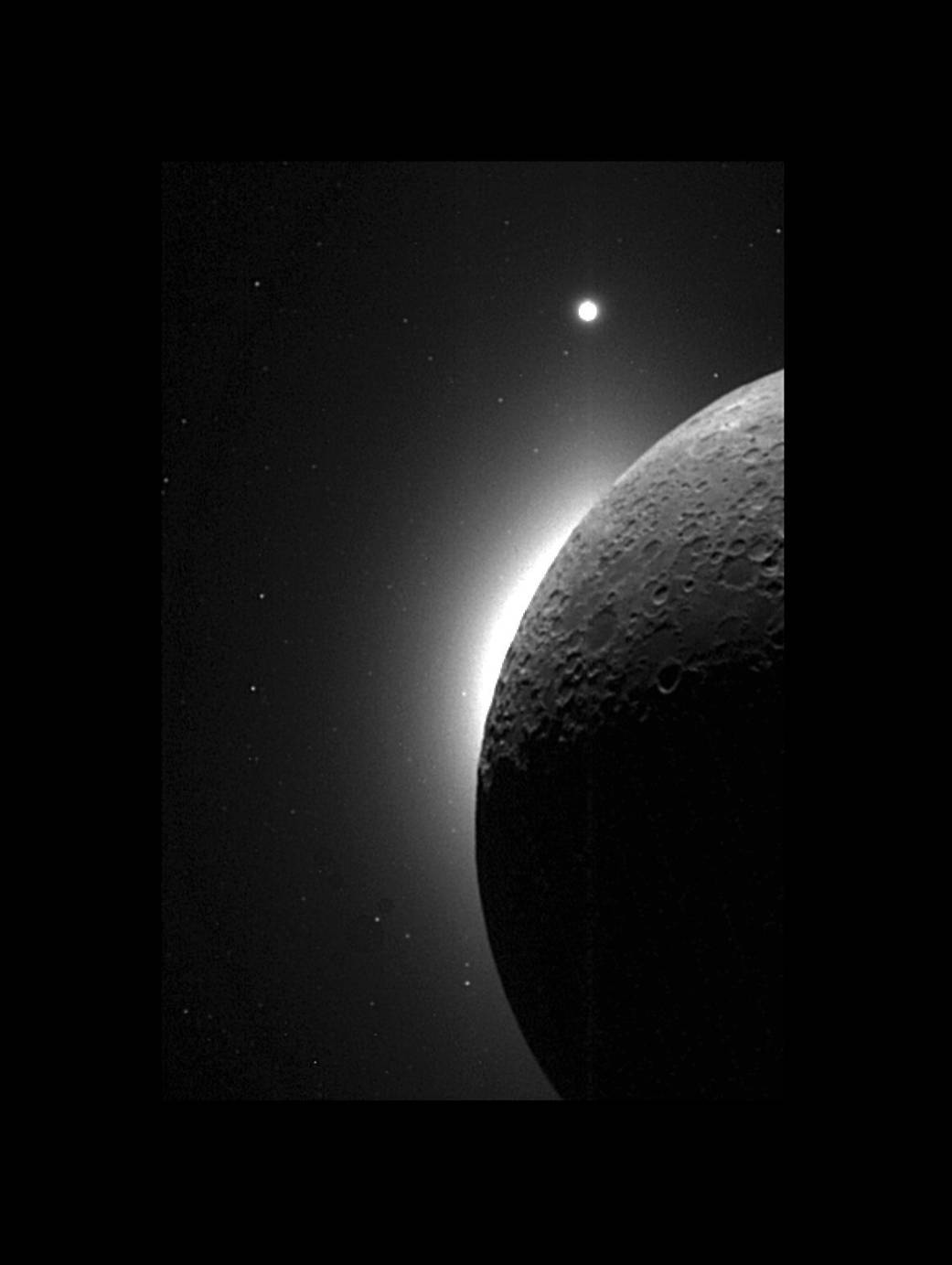
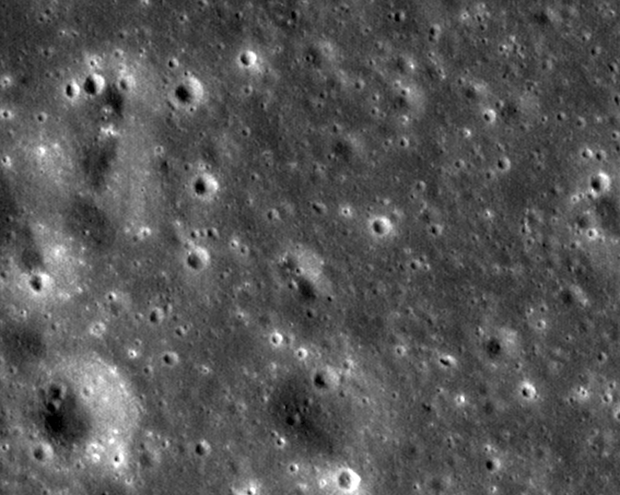
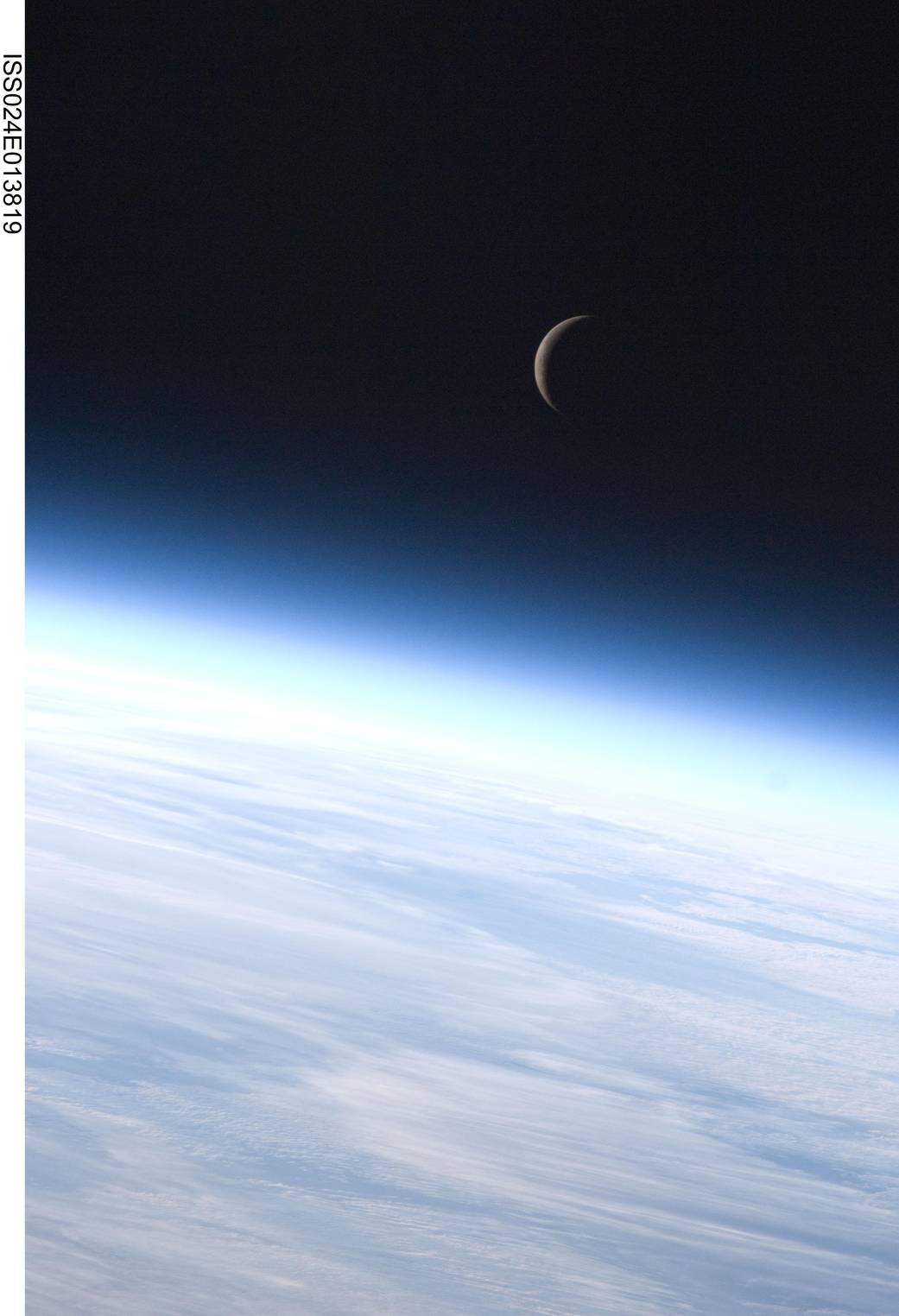
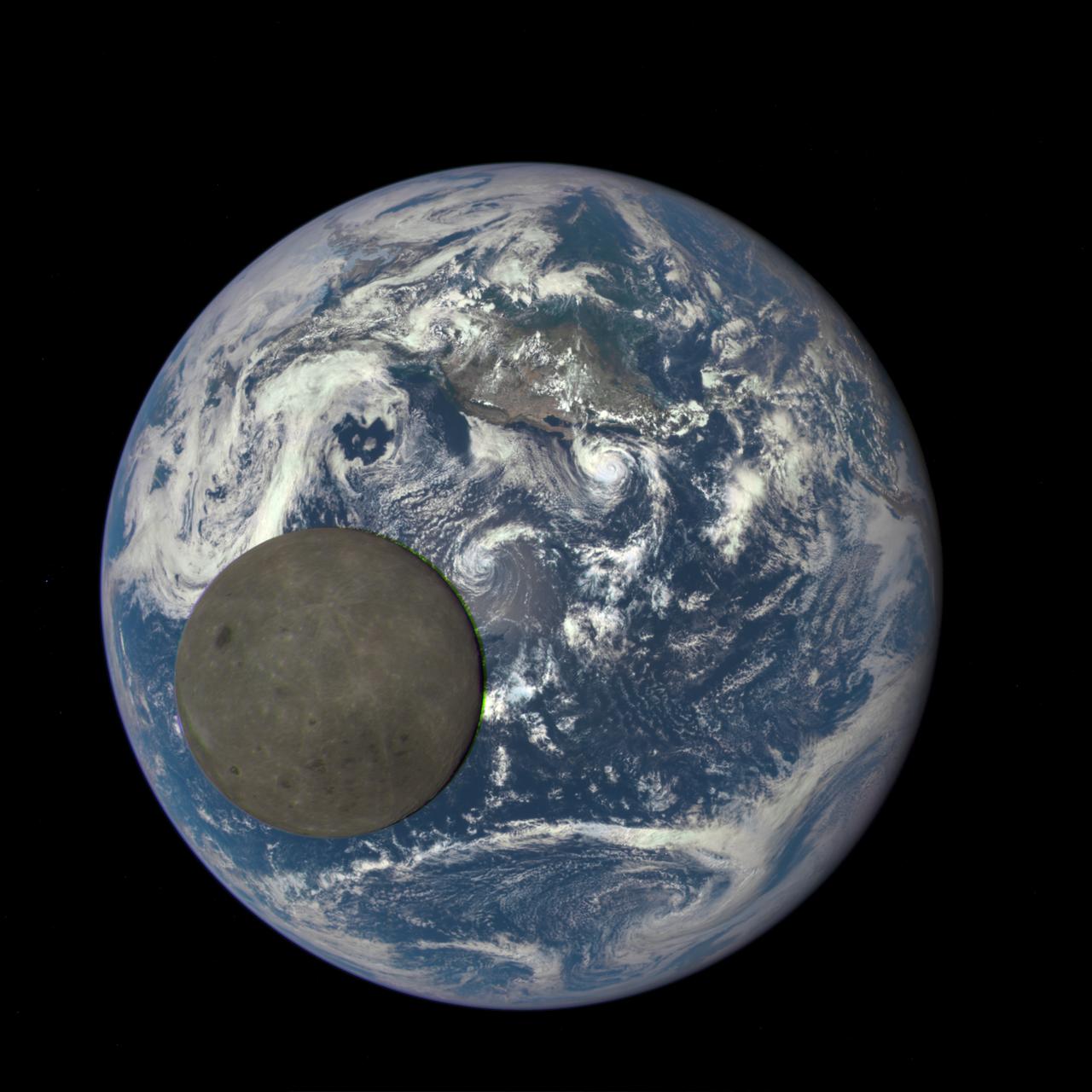
Moon Closeup
Waxing Moon
Moon Rilles
Moon Fault Zone
Graben Fault
Moons Detailed Surface
Apollo Orbiter Image
Apollo 11 Landing Site
Full Moon
ISS Lunar Transit
Moon Lasers
Moonset
Moons Gravity
Rugged Service
Moon Art
Lunar Mountains
The Moon
Moon Impact Crater
Crescent Moon
Moon Earth Transit





















More Moons!
Lesser Known Moons
Mars' Moon Deimos
Io
Ganymede
Europa
Callisto



